Dates:
Location:
Walker GallerySelected Works
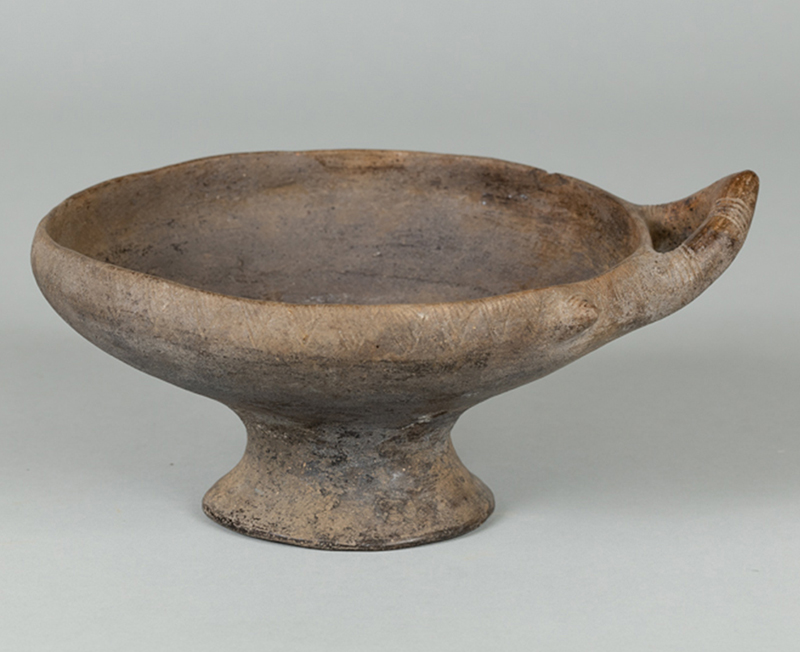
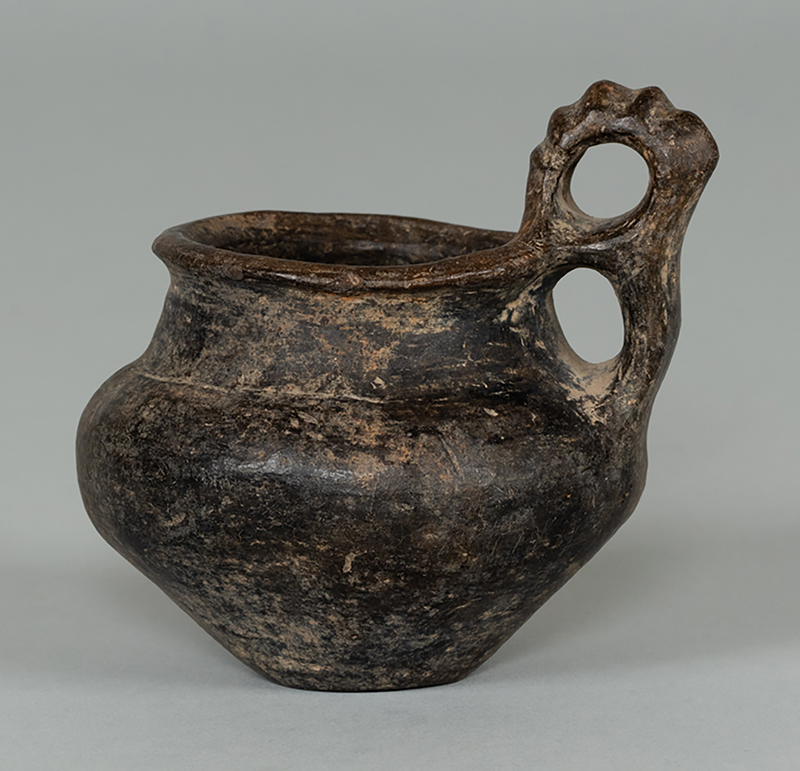
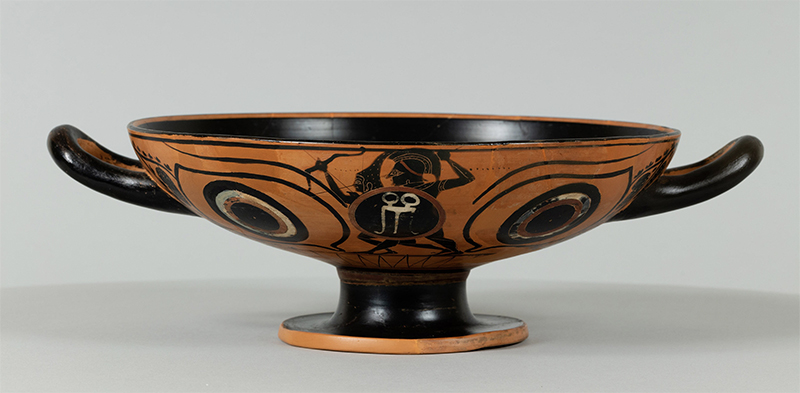
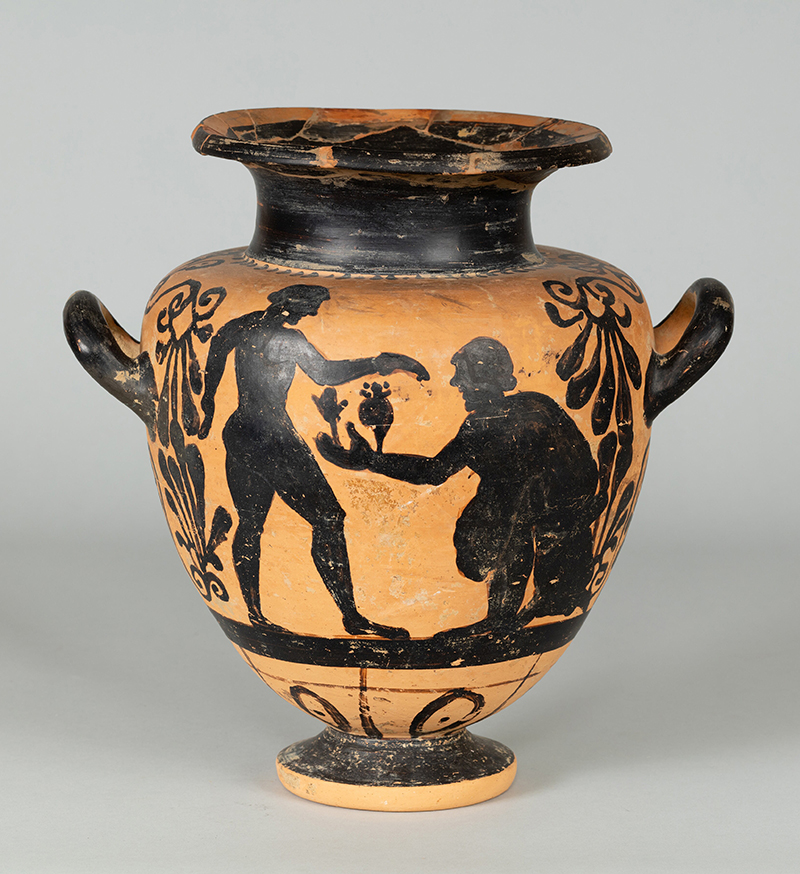
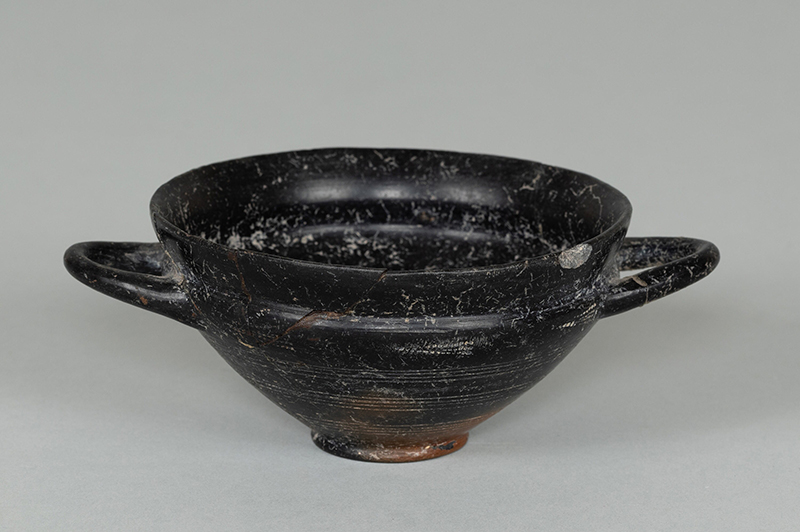
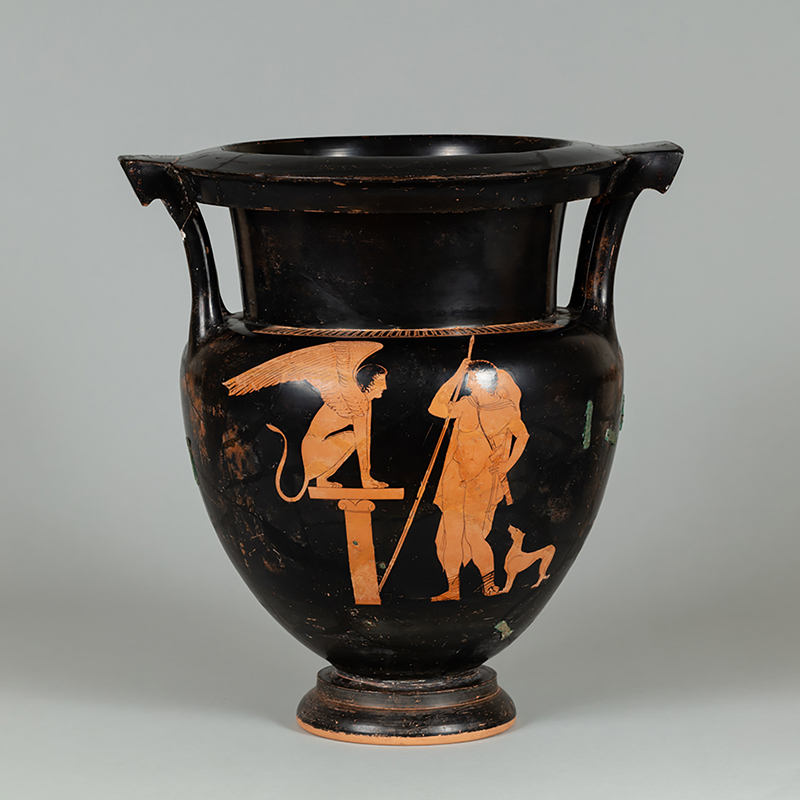
Greek (Attica), clay, from Gela, Sicily, ca. 430 BCE. Gift of Edward Perry Warren, Esq., Honorary Degree, 1926. 1913.8
About
What we know of the Etruscans comes from ancient writers, who often were rivals and adversaries, and from the archaeological record. These sources document a culture that emerged in central Italy at the end of the second millennium BCE that was entirely distinct from its neighbors. At their zenith in the sixth century BCE, the Etruscans controlled much of the Italian peninsula from the Po River valley in the north to the Bay of Naples in the south. Importantly, this included the nascent city of Rome. Here, the Etruscans helped create the urban fabric of the city and established many religious and political institutions that survive to this day.
This exhibition draws from artworks at the Bowdoin College Museum of Art and explores the origins of Etruscan civilization, contacts with the Phoenicians, Greeks, and contemporary cultures in ancient Italy, and their wider legacy.
This exhibition is made possible with generous support from the Stevens L. Frost Endowment Fund for the Bowdoin College Museum of Art.

